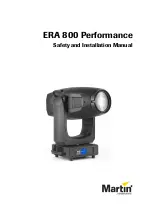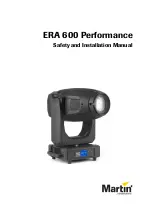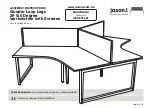
OPERATION
Step 1
Before using any Campbell clamp, read the Applications section at the beginning of
this manual to be sure the lift is appropriate for the size and style of clamp. Know
the type of material to be moved before making a lift. Some exotic steels are too
hard to allow the teeth of the cam to sink in. This may be true of structural members
and fabricated sections.
Step 2
Choose a clamp with the right capacity and grip range. The
model type, capacity and grip range are shown on the face
of the clamp (Fig. 17).
Step 3
Inspect the clamp before each lift (Fig. 18).
A. Inspect the cam and pad for wear and defects.
Gripping surfaces must be free off foreign matter.
If either the cam or pad are worn or defective,
replace both cam and pad at the same time.
B. Inspect the shackle and visible linkage for elongation,
distortion, wear or damage.
C. Inspect the clamp body for wear, damage or distortion.
D. Do not use any clamp that needs repair.
If in doubt, refer to the Maintenance and Inspection section of this manual
for detailed instructions.
11
Figure 17
WARNING!: Do not lift a plate or member with a hardness greater than
400 Brinell (43 Rockwell C)
WARNING!: Never lift a weight greater than the
Working Load Limit shown on the clamp
.
Figure 18
Содержание GXL
Страница 1: ......












































